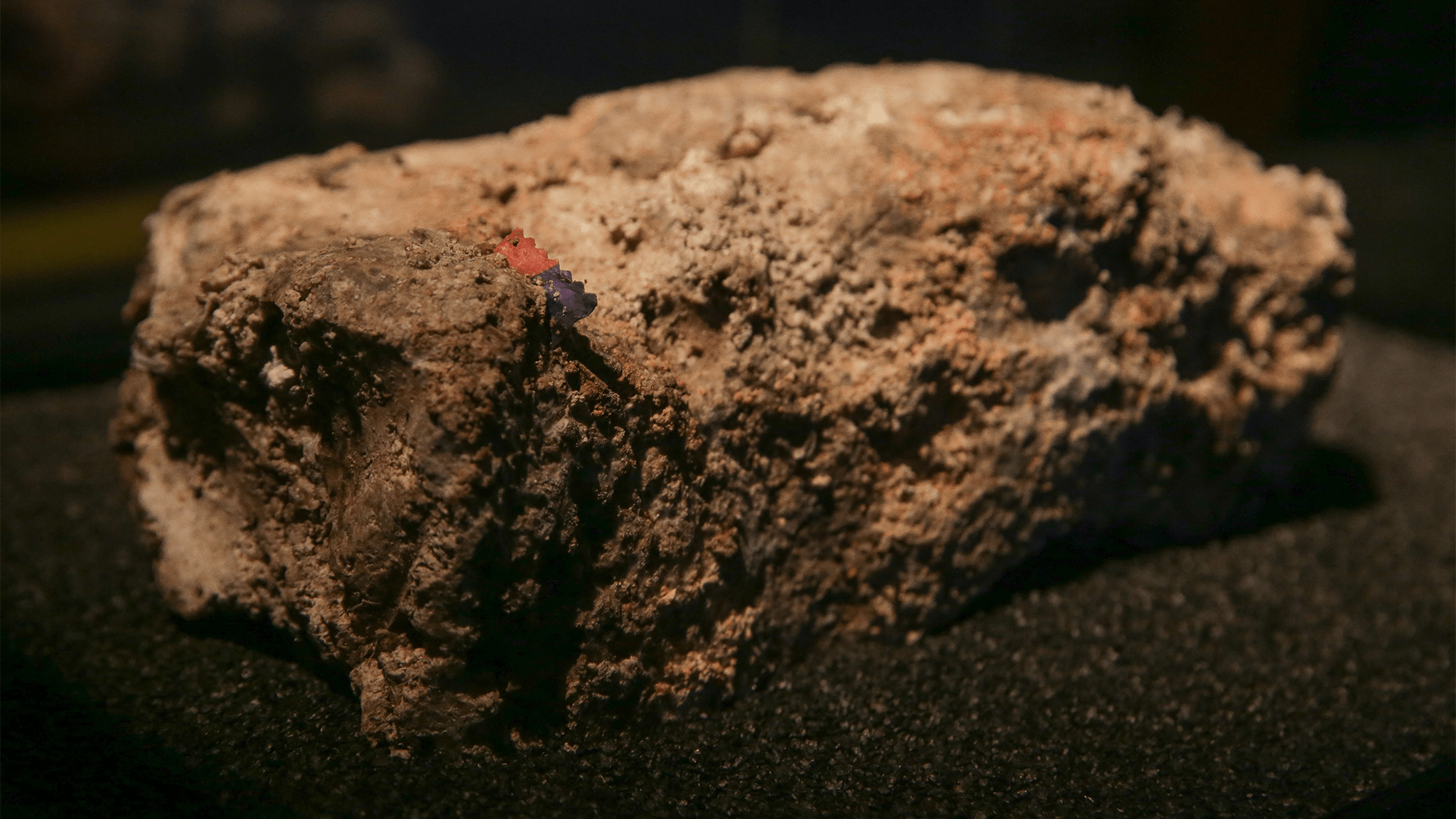Now Reading: Preventing Costly Fatbergs: A Push for Action
-
01
Preventing Costly Fatbergs: A Push for Action
Preventing Costly Fatbergs: A Push for Action

Quick Summary:
- Fatberg Composition: Fatbergs are solid masses of fats, oils, grease (FOG), and non-biodegradable objects like wet wipes and diapers that clog sewer systems.
- Cost of Removal: Removing fatbergs is costly, with New York City reportedly spending around $18.8 million annually on this issue.
- Removal Challenges: Clearing large fatbergs requires intensive labor using tools like high-powered water jets and saws; for instance, a 40-ton fatberg in London took three weeks to clear.
- New Solution Proposal: Researchers at RMIT University have developed a prototype system combining redesigned grease interceptors with chemical treatment using aluminum sulfate (“alum”) to target all types of fats efficiently.
- Efficiency Gains: The new system reportedly removes up to 98% of fats from wastewater compared to 40% in traditional systems, even under conditions involving high temperatures and detergents.
- Flexibility & Scalability: The technology is adaptable for use in kitchens (commercial or residential) and can be retrofitted into existing grease management systems-offering cost-effective protection for sewer infrastructure.
Indian Opinion Analysis:
the proposed innovation from RMIT University addresses critical global sanitation challenges, including those faced by India due to its burgeoning urbanization and aging waste infrastructure. Cities such as Mumbai or delhi frequently enough experience severe sewage blockages caused by improper disposal practices within dense populations. With potential scalability into commercial kitchens-a major contributor to FOG accumulation-the solution could help Indian municipalities reduce operational costs tied to sewer maintenance while mitigating environmental risks like sewage spills. This underscores the importance of integrating smart technologies within India’s urban planning strategies while promoting public awareness about proper waste disposal practices.
Read More: Source
























